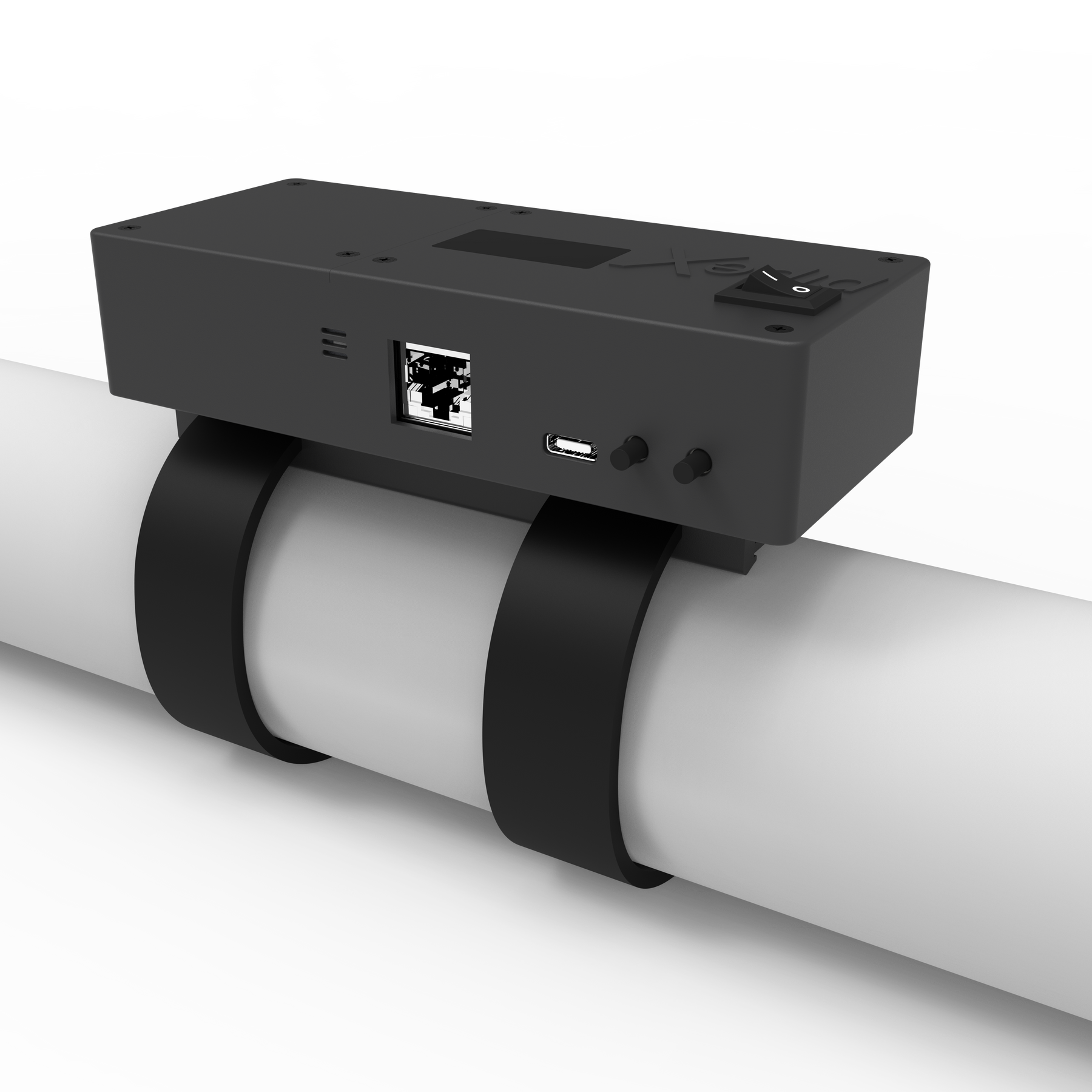As homeowners seek more efficient ways to manage their gardens, transitioning from traditional sprinkler systems to drip irrigation becomes a viable option. Learning how to install drip irrigation to existing sprinkler system can significantly improve water efficiency and provide healthier plant growth. Here, we offer a detailed and optimistic guide to help you with this transformation.

Understanding Drip Irrigation
Drip irrigation is a method that delivers water directly to the plant’s root zone, minimizing evaporation and runoff. This not only conserves water but also helps plants thrive by providing consistent moisture.

Benefits of Drip Irrigation
Water Efficiency
Drip irrigation systems use 30-50% less water than traditional sprinklers, making them highly efficient.
Improved Plant Health
Consistent moisture without waterlogging promotes healthier root systems and reduces plant diseases.
Cost Savings
Reduced water usage translates into lower utility bills, providing long-term cost savings.

Components of a Drip Irrigation System
Before you start, familiarize yourself with the components of a drip irrigation system:
Main Line Tubing
This is the main pipe that carries water from the source to the drip lines.
Drip Lines
These are smaller tubes that distribute water to individual plants.
Emitters
Emitters control the flow of water, ensuring each plant gets the right amount.
Filters and Pressure Regulators
Filters keep debris out, and pressure regulators maintain the correct water pressure.
Steps to Install Drip Irrigation to Existing Sprinkler System
Step 1: Planning Your System
Begin by mapping out your garden and determining where the drip lines and emitters will go. This will help you estimate the amount of tubing and number of emitters needed.
Step 2: Gathering Materials
You’ll need main line tubing, drip lines, emitters, filters, pressure regulators, fittings, and a timer. You can find these at most home improvement stores.
Step 3: Shutting Off the Water Supply
Ensure the water supply to your sprinkler system is turned off before beginning any modifications.
Step 4: Converting Sprinkler Heads
Remove existing sprinkler heads and cap off any unused zones. Install a drip irrigation converter at each active sprinkler head location.
Step 5: Installing Main Line Tubing
Lay the main line tubing from the water source to your garden. Use fittings to navigate around obstacles.
Step 6: Connecting Drip Lines
Attach the drip lines to the main line tubing using fittings. Place the drip lines along the rows of plants.
Step 7: Adding Emitters
Install emitters along the drip lines, near the base of each plant. Adjust the spacing based on plant needs.
Step 8: Installing Filters and Pressure Regulators
Install filters and pressure regulators at the water source to prevent clogging and ensure consistent water flow.
Step 9: Testing the System
Turn on the water supply and test the system. Check for leaks and ensure each emitter is working correctly.
Step 10: Setting the Timer
Set the timer to water your garden at optimal times, typically early morning or late evening.
Maintenance Tips
Regular Inspections
Check your system regularly for leaks, clogs, and other issues.
Cleaning Filters
Clean filters periodically to ensure efficient water flow.
Seasonal Adjustments
Adjust the watering schedule based on seasonal changes and plant needs.
Troubleshooting Common Issues
Low Water Pressure
Check for leaks, clogs, and ensure the pressure regulator is functioning correctly.
Uneven Water Distribution
Adjust the emitters and check for blockages in the drip lines.
FAQ
Can I install drip irrigation myself?
Yes, most homeowners can install drip irrigation with basic tools and supplies.
Is drip irrigation suitable for all plants?
Drip irrigation is versatile and can be customized to suit most plants.
How much can I save on my water bill?
Depending on your usage, you can save up to 50% on your water bill by switching to drip irrigation.
For more information on home repairs and pool design, visit our website.
As an Amazon Associate, I earn from qualifying purchases.
